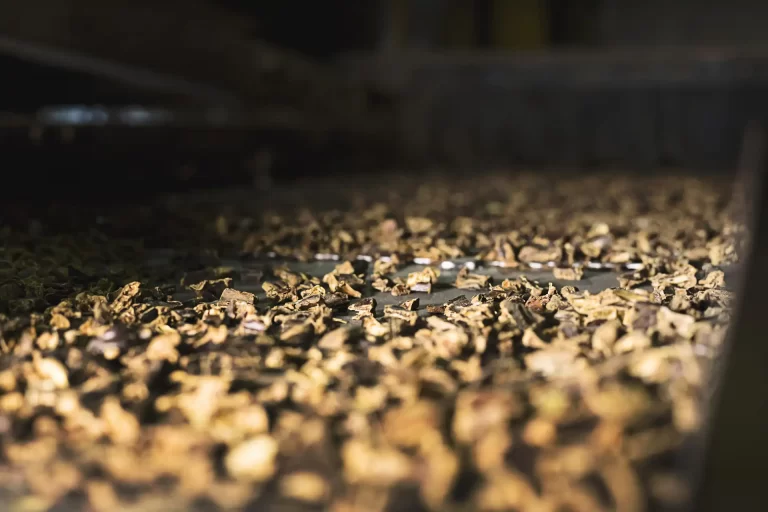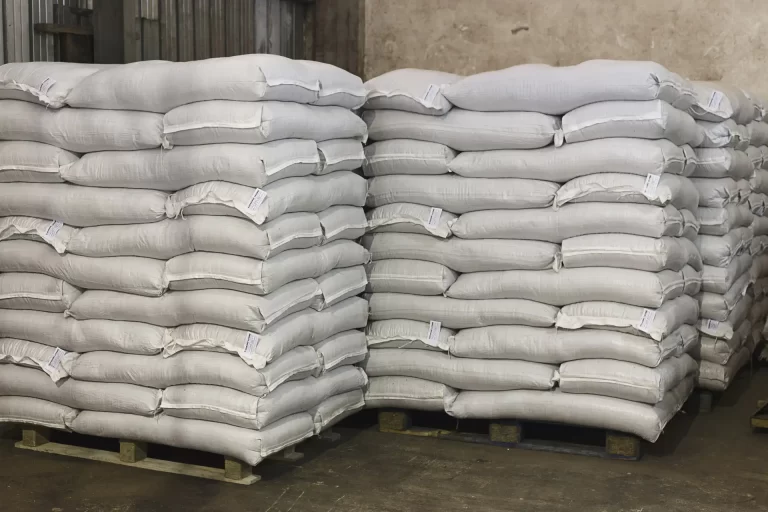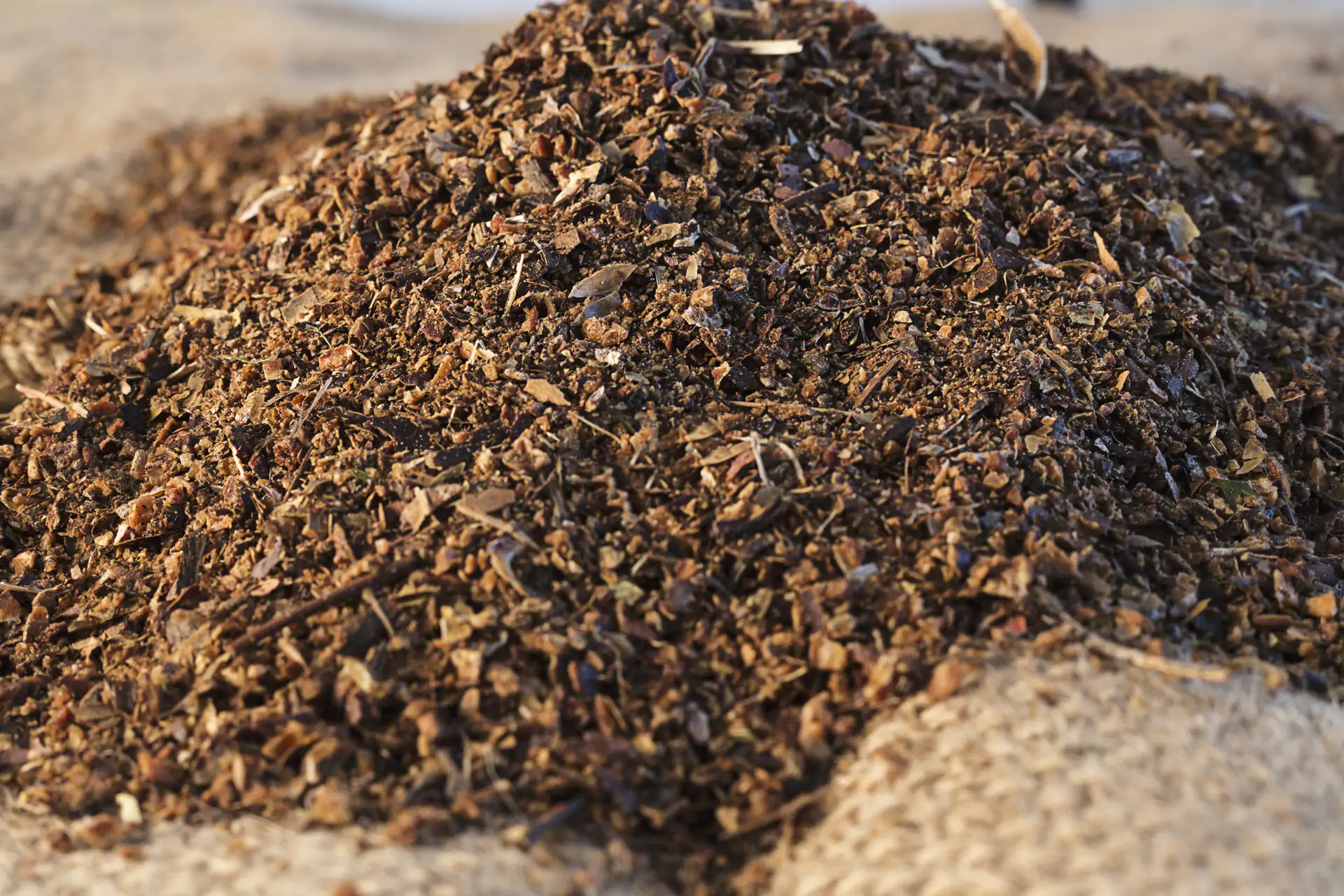The Iblei mountains are located in the immediate hinterland of the south-east of Sicily.
This territory overlooks the Mediterranean Sea on the one hand and on the other on the Ionian Sea: ideal environment and climate for carob trees.
Who, in the Hyblaean mountains, the Leone company has specialized in the processing of carobs since 1982, in the territory of Frigintini, rural fraction of Modica.
The story of Leone Carrube was born with the intuition of "Don Nzulu" Leone, a small carob merchant, who decided to buy a wooden mill to process the sweet fruit.
The Leone company has therefore continued to exist thanks to more than decades of experience and the passion of an entire family to which has been added the professionalism and daily dedication to work: on these bases the process of transformation and crushing of the whole carob begins.
The carob tree
The carrubo tree is an evergreen with leafy crown.
It takes many years for the plant to bear fruit, while very little is enough for it to be damaged: for this reason it belongs to the protected species.
The tree produces fruits (the carob trees) similar to the bean pod, but larger in size.
Once ripe, the fruit turns brown and is ready to be eaten.
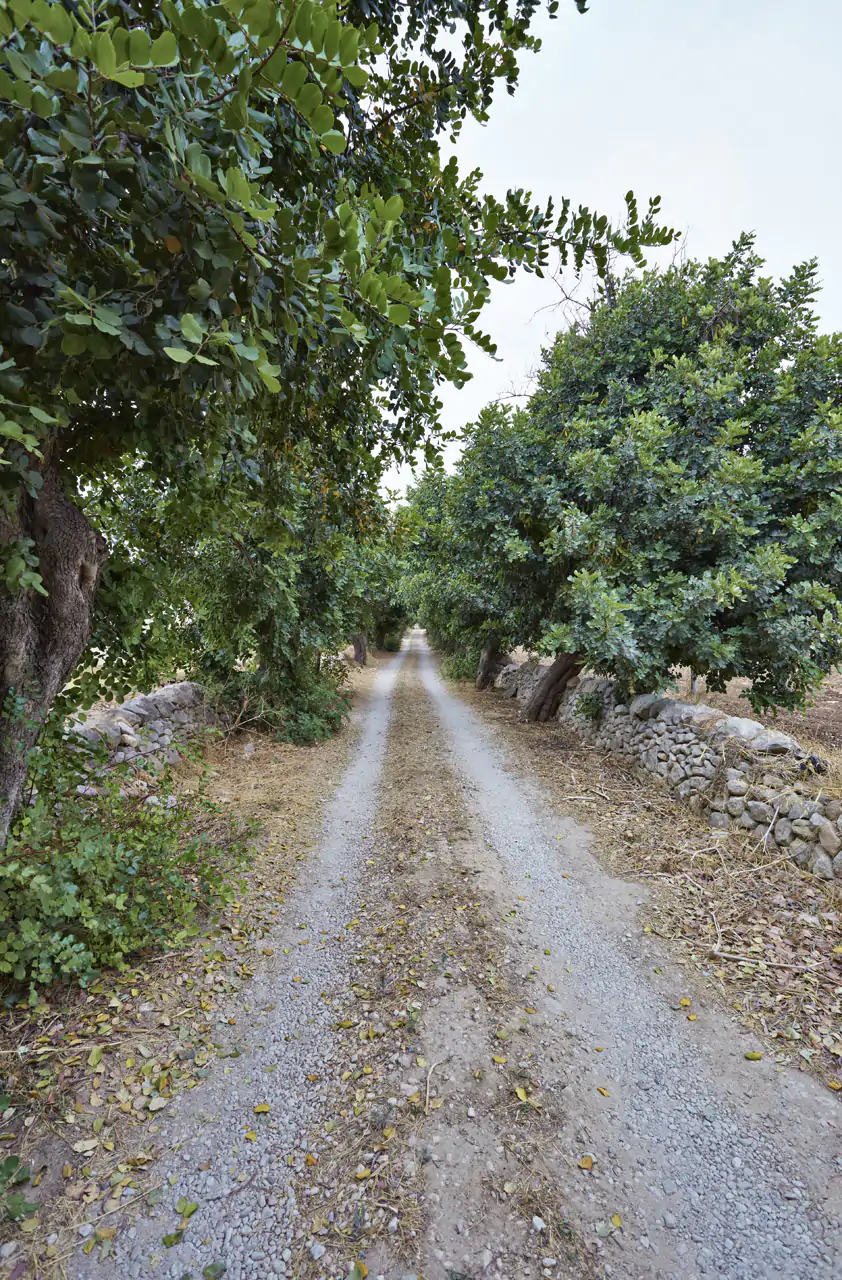
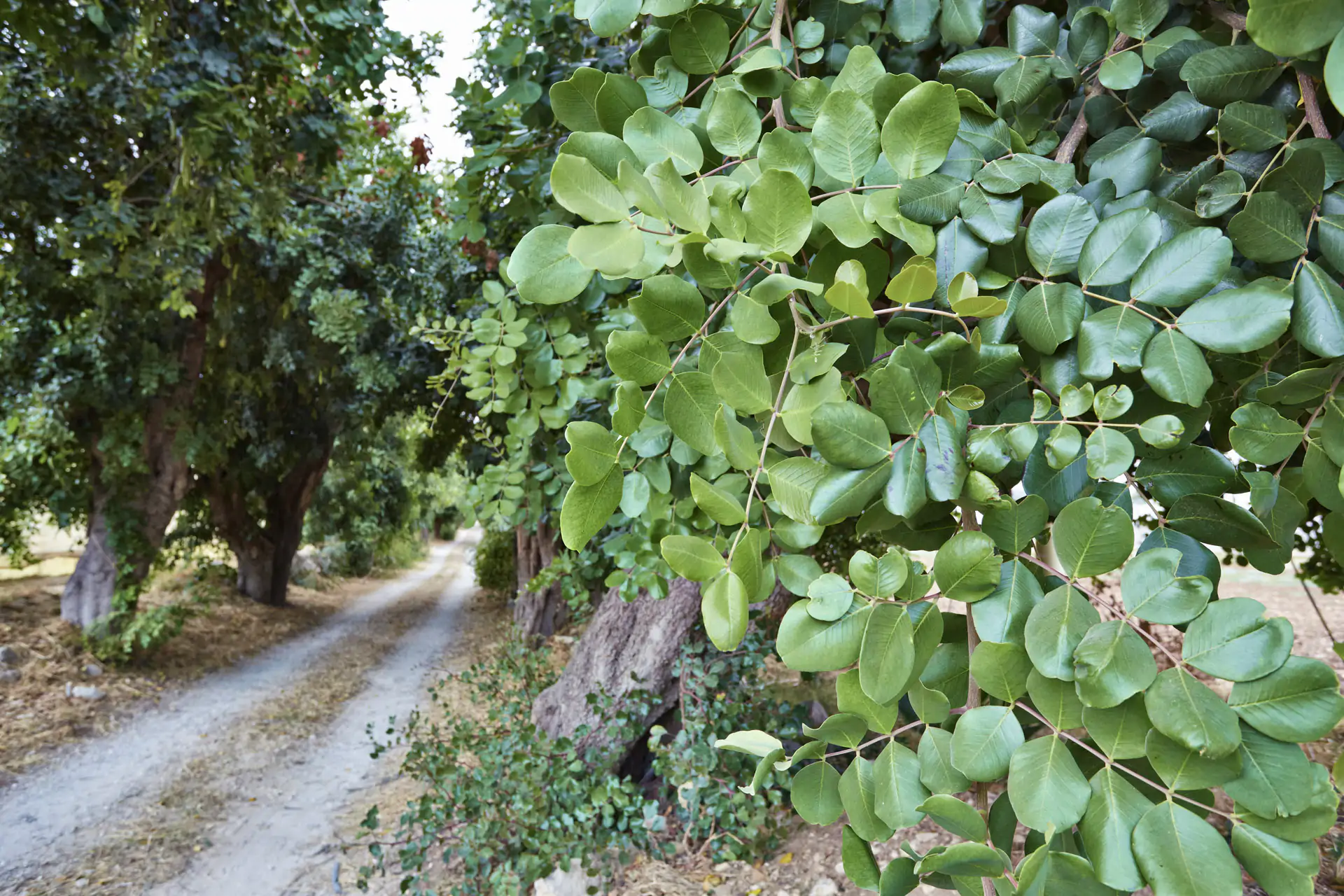
The carob, the carob trees
The carob tree, with its precious fruits, it is therefore an important natural treasure for the Hyblean territory: with a slightly pungent odour, but with a somewhat sweet taste.
It is a totally organic product since the tree does not need any chemical treatment and it manages to become a valid and important component for livestock industries.
The pulp is very nutritious: and very rich in sugars, proteins and fibers, improving the palatability of the feed in which it is found.
Nutritional qualities
From a nutritional point of view, carobs owe their properties to the nutritional principles contained mainly in the pulp that separates the pod from the seeds.
Although highly caloric, they are also rich in fiber, which make them a highly satiating food, and they are also low in fat. They have a good protein and mineral content and are an excellent source of vitamins, including B vitamins, vitamin C, Vitamin E, K.
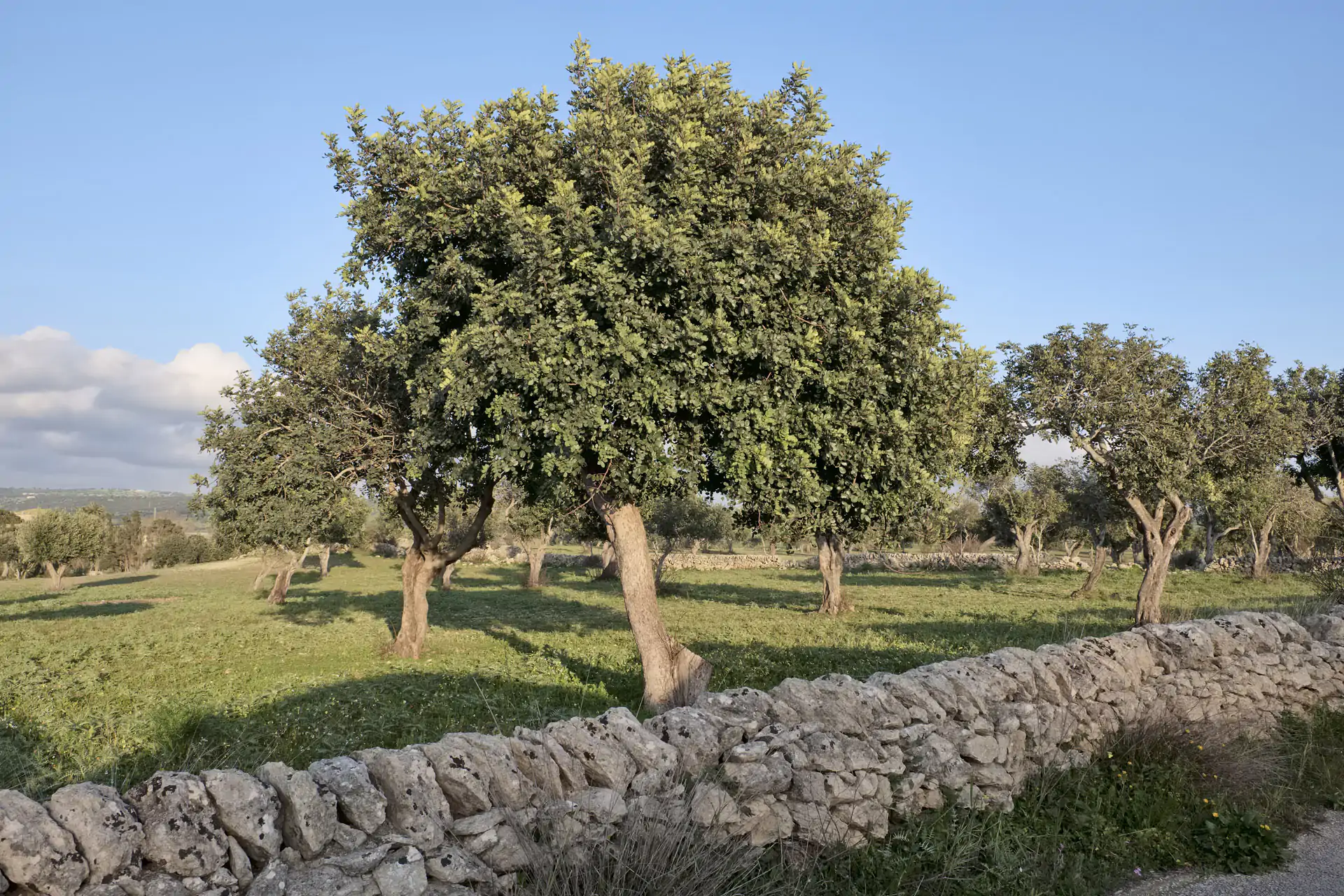
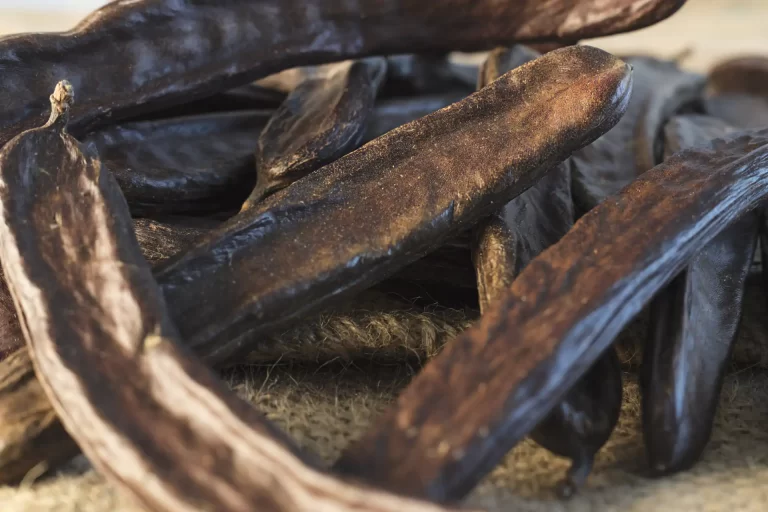
Applications
In addition to zootechnical use, Starting from the 80s, The food industry was interested in the Caroba. The pulp is mostly used: by drying it and then chopping it it is possible to obtain the "carcao", which is a cocoa substitute, low in fat, or more commonly known by the name of carob flour.
These flours are mostly used in the confectionery sector.
Carob seed
The seed represents the most important part of the carob and is formed by the cuticle (skin), from the germ and endosperm. I semi, formerly called "carats", they were used as a unit of measure for weighing gemstones. They generally have a flattened shape and a very hard texture. They are used for the production of carob seed flour.
The latter note, also called seed meal or E-410, it is an excellent thickener, stabilizer and emulsifier, therefore much appreciated and used in the food sector.
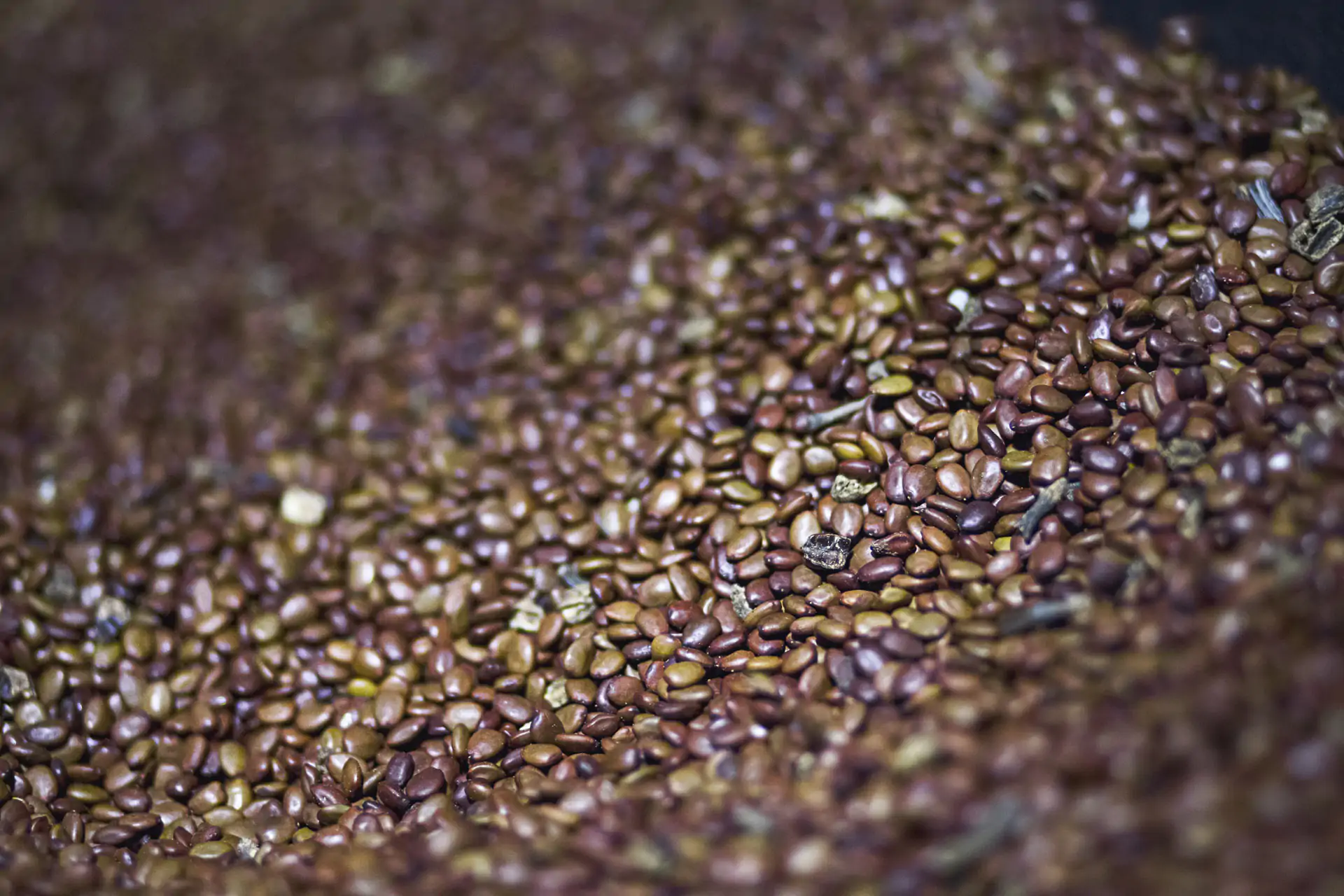
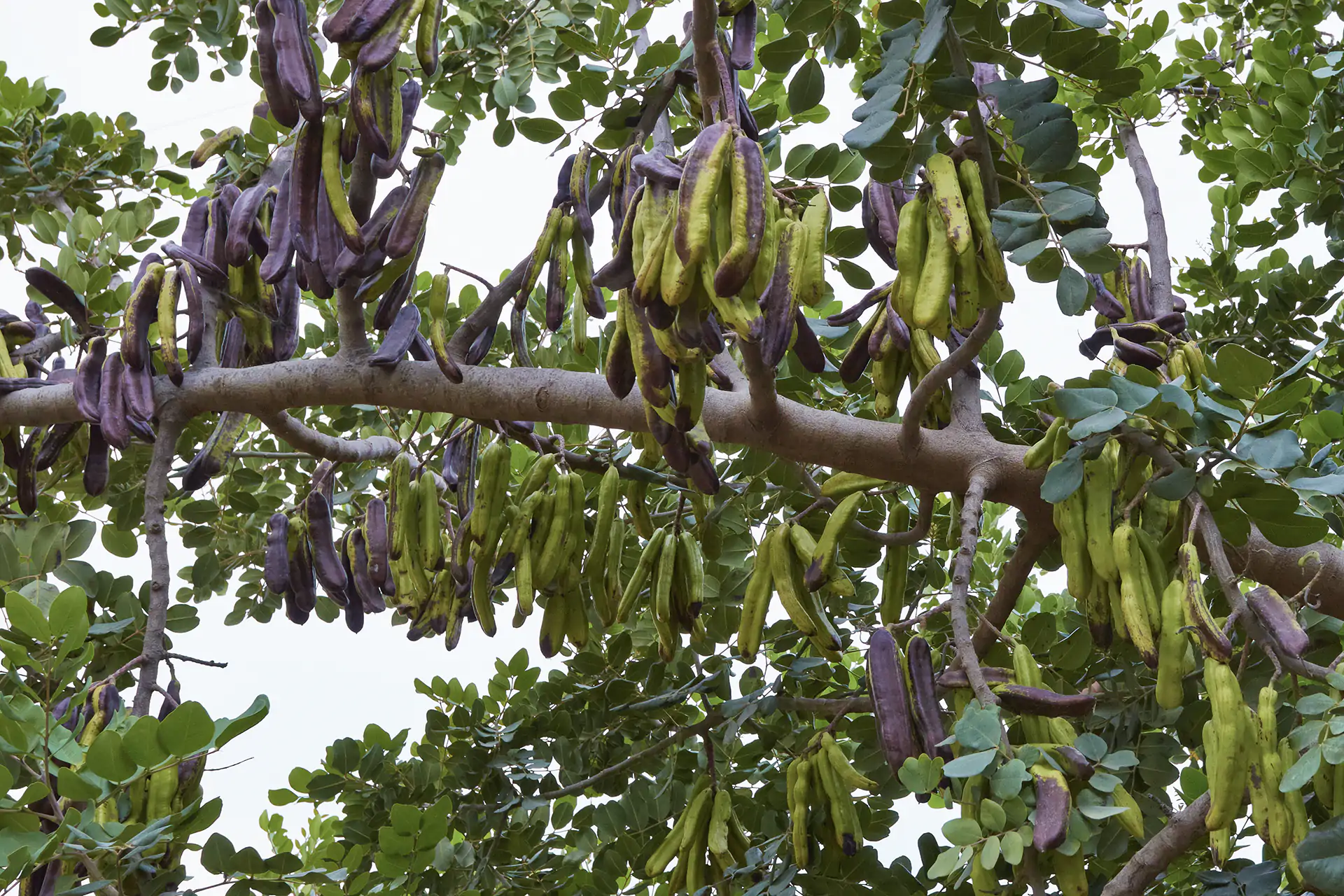
Attention to the environment
We are closely connected to the environment and the territory in which we live.
Our commitment in this regard is concrete: In addition to our certifications, we self -produce a lot of electricity necessary for our business through a photovoltatic system.
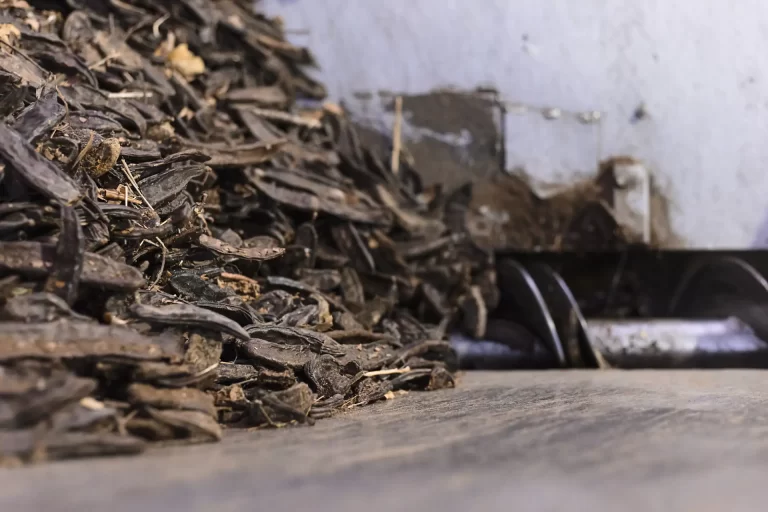
Crushing
We store and keep the carobs so that they can be shattered throughout the year until the new collection.
From the processing of the carob we obtain the seed separately and from the pulp we obtain two sizes: fine and medium-coarse.
